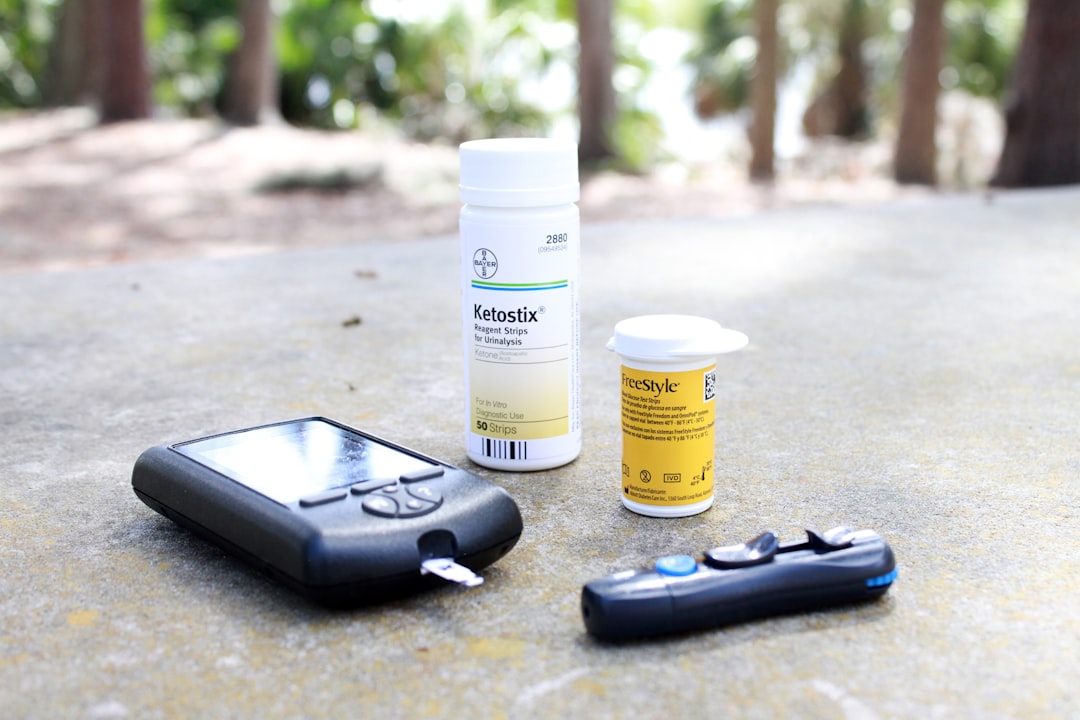
Mastering Recursive Event-Driven Testing with Git Accumulation Strategies
In the fast-paced world of software development, mastering recursive event-driven testing with Git accumulation strategies is essential for teams aiming for high efficiency and reliability. This approach not only enhances testing processes but also aligns with modern DevOps practices, ensuring that your applications are resilient and performant.
Understanding Recursive Event-Driven Testing
Recursive event-driven testing is a methodology that focuses on triggering tests based on specific events in the software lifecycle. This technique allows developers to catch issues early in the development process, reducing the cost and time associated with bug fixes later on. By leveraging automation and event-driven architectures, teams can ensure that their applications are continuously tested at every stage.
The Role of Git in Testing Strategies
Git plays a pivotal role in managing code changes and streamlining collaboration among team members. By employing Git accumulation strategies, teams can effectively manage versions and dependencies, making it easier to implement recursive event-driven tests. Here’s how Git contributes to this process:
-
Version Control: Git enables teams to track changes and revert to previous versions when necessary. This is crucial in a testing environment, where knowing the state of the codebase at any moment can influence testing outcomes.
-
Branching Strategies: Using Git branches effectively can facilitate testing different features simultaneously. Teams can isolate changes in a branch, run recursive tests, and merge only once they are satisfied with the test results.
-
Continuous Integration/Continuous Deployment (CI/CD): Integrating Git with CI/CD tools automates the testing process, allowing teams to run tests as soon as code is pushed to the repository. This immediate feedback loop is vital for maintaining code quality.
Implementing Git Accumulation Strategies
To maximize the benefits of recursive event-driven testing, teams should consider the following Git accumulation strategies:
1. Feature Branching
Feature branching allows developers to create isolated environments for new features. By running recursive tests on these branches, teams can ensure that new code does not introduce regressions.
2. Commit Hooks
Using Git hooks can automate the testing process. By setting up pre-commit or post-commit hooks, tests can be executed automatically when changes are made, ensuring that only code that passes tests is committed.
3. Pull Request Reviews
Implementing a robust pull request review process is critical. Before merging branches, teams can run recursive tests on the pull request to ensure that the new changes do not negatively impact existing functionality.
Current Trends in Event-Driven Testing
The landscape of event-driven testing is evolving, with several emerging trends:
-
Serverless Architectures: As organizations adopt serverless computing, the need for effective event-driven testing becomes even more critical. Serverless functions can trigger tests based on specific events, making it possible to validate code in real-time.
-
Microservices: The microservices architecture promotes decoupling services, leading to more granular testing. Recursive event-driven testing can seamlessly integrate with microservices, ensuring that each service functions correctly independently and within the larger ecosystem.
-
AI and Machine Learning: AI tools are increasingly being integrated into testing frameworks to predict potential failures and optimize test coverage. This can enhance the effectiveness of recursive testing by focusing on areas that are more prone to issues.
Practical Application: A Case Study
Consider a software development firm that implemented recursive event-driven testing using Git accumulation strategies. By adopting feature branching and automated commit hooks, they reduced their bug count by 30% within three months. Additionally, integrating CI/CD practices allowed them to deploy updates more frequently, resulting in faster time-to-market and increased customer satisfaction.
Tools and Resources
To get started with mastering recursive event-driven testing and Git accumulation strategies, consider the following tools:
- GitLab CI/CD: A powerful tool for integrating Git with CI/CD pipelines.
- Jest: A delightful JavaScript testing framework that supports recursive testing.
- Postman: Useful for API testing in event-driven architectures.
For further reading, check out these resources:
Conclusion
Mastering recursive event-driven testing with Git accumulation strategies is not just about improving code quality; it’s about fostering a culture of continuous improvement and responsiveness in software development. By adopting these practices, teams can ensure that they are well-equipped to handle the challenges of modern application development.
By embracing these methodologies, you can enhance your team’s efficiency and the overall quality of your software products. Don’t forget to share this article with your colleagues and continue exploring the tools and strategies that can elevate your DevOps practices.


